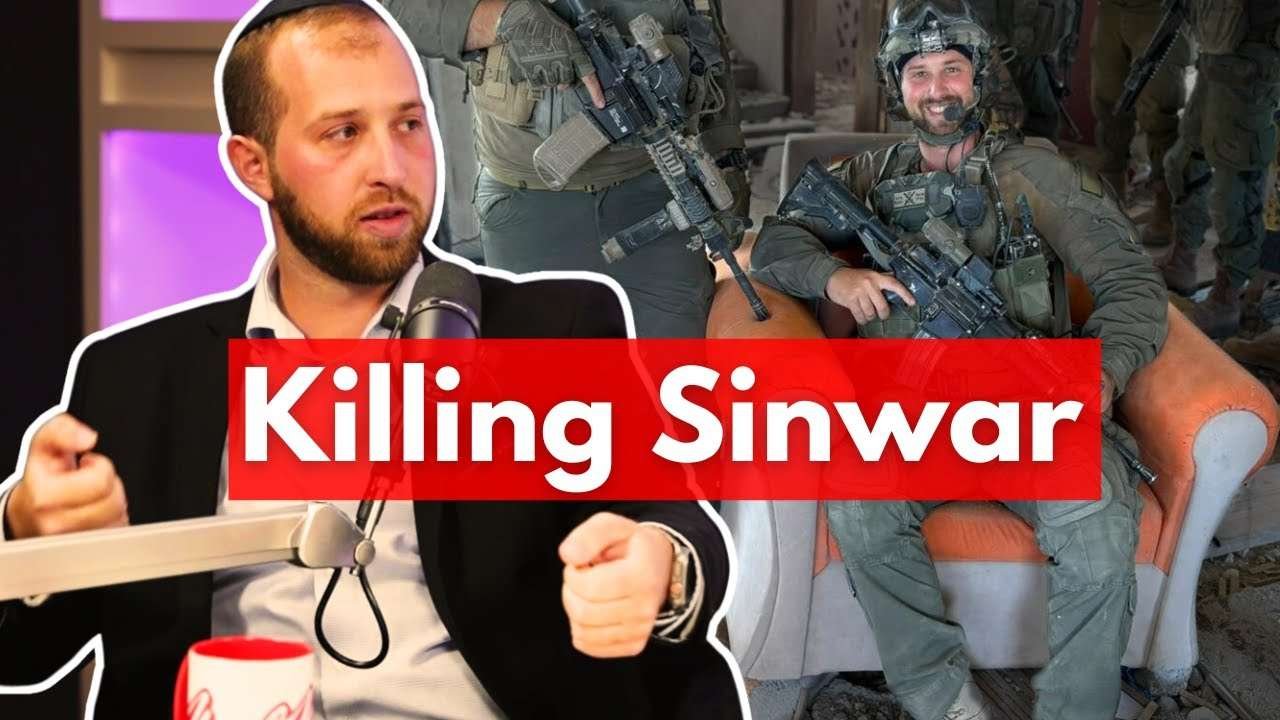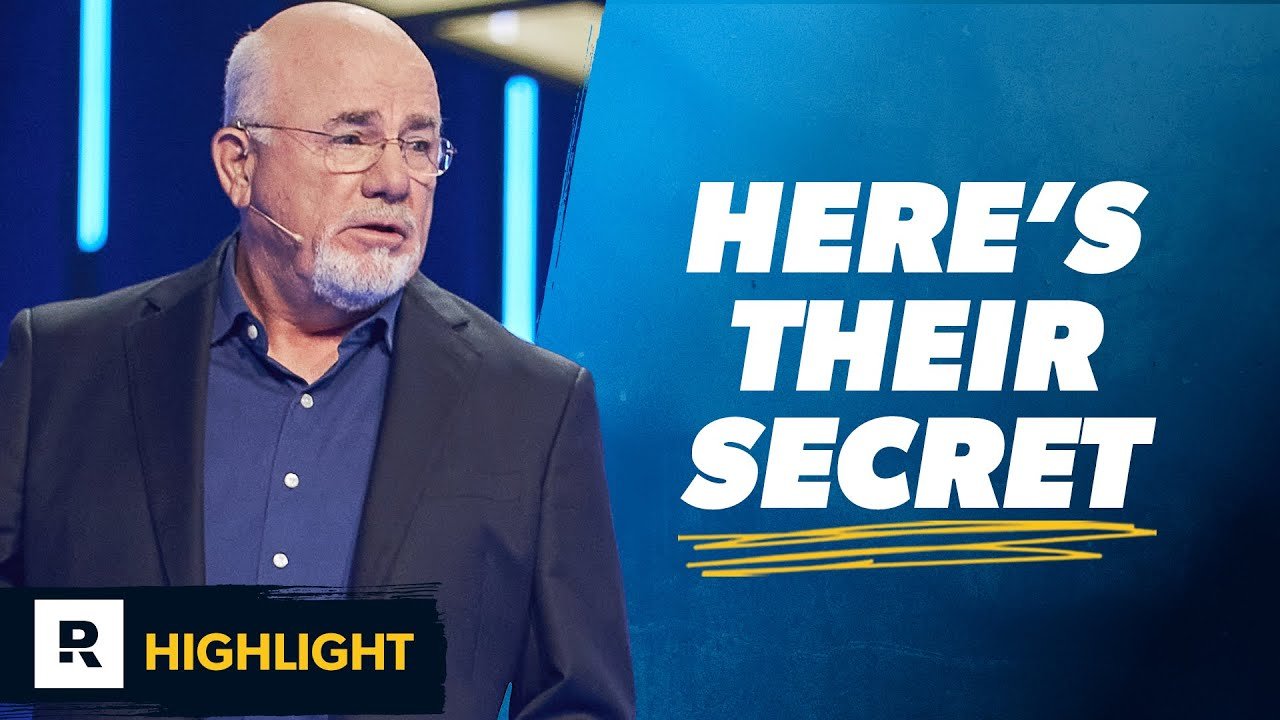Chaim Meisels is the great-grandson of the Satmar Rebbe, R’ Beirach Moshe. About eight years ago, Chaim chose to immigrate to Israel and enlist in the IDF. Chaim left everything behind, enlisted in the IDF combat unit, and was sworn in at the Kotel. Chaim served as a commanding officer in the Egoz program, a special forces unit and then was in Golani.
A Close Call in Gaza: A Soldier’s Reflection
In the heart of Gaza, the intensity of conflict is a daily reality for soldiers. One account sheds light on the precarious nature of these operations and the unpredictable turns they often take. This story, shared by a soldier stationed in Rafah, highlights both the triumphs and the close calls that define life on the frontlines.
The Setting: A Safe Zone That Wasn’t
In Rafah’s T. Sultan neighborhood, a team of soldiers had been operating under the assumption that the area was secure. Yet, their experiences quickly suggested otherwise. Hostages had been discovered a week prior, and the DNA evidence strongly indicated that their captors—or others connected to them—were still nearby. Despite reassurances from the outgoing team, the new unit faced several tense moments, underscoring the unpredictability of their mission.
A Moment of Pause
Amid the chaos, the narrator chose to leave the area briefly to spend the holiday of Sukkot with his wife, who had traveled from America. It was a rare and fleeting reprieve from the war zone. However, during his absence, the operation took a dramatic turn.
Tracking the Threat
The calm was disrupted when sharp-eyed team members spotted movement, prompting an intense investigation. Two trained trackers, experts in identifying fresh versus old footprints, pursued leads while drones scoured the area. What began as a suspected false alarm escalated into a full-blown engagement.
As soldiers pursued the suspects, the enemy used the dense urban landscape to their advantage. A prolonged two-hour firefight ensued, with grenades and sniper fire exchanged. One soldier was wounded, and the tactical complexity of the operation required meticulous coordination.
The Revelation
In the aftermath of the battle, the unit made a startling discovery: they had eliminated a key figure, later identified as a senior operative linked to Yahya Sinwar, the leader of Hamas in Gaza. This revelation highlighted the high stakes of their mission, which had initially focused on recovering hostages but inadvertently led to the neutralization of a high-value target.
Reflection on a Narrow Escape
The soldier’s return to the battlefield brought him face-to-face with the proximity of danger. The enemy had been operating mere feet from their “safe zone,” equipped with a deadly arsenal. Reflecting on the experience, he acknowledged the fine line between security and vulnerability in such volatile conditions.
The Aftermath
In the days following, the unit eliminated the remaining members of the cell, uncovering significant weaponry and explosives. To ensure no remnants of the enemy remained, the area was cleared and destroyed. The operation underscored both the dangers and the dedication of those on the ground, whose actions prevented further threats.
The Bigger Picture
This account serves as a reminder of the complexities of modern conflict. For those in the field, every decision carries weight—whether it’s taking a moment for personal connections or making split-second tactical calls. Behind the headlines, these moments of bravery, strategy, and sacrifice paint a vivid picture of the human element in warfare.
As the narrator reflects, “It wasn’t completely random. We were doing everything in our power to find hostages.” In the end, their mission was not just about eliminating threats but also about preserving life and bringing hope to those still waiting for rescue.
Here he discusses the IDF’s presence in Rafah and the hunt for Hamas leaders.










